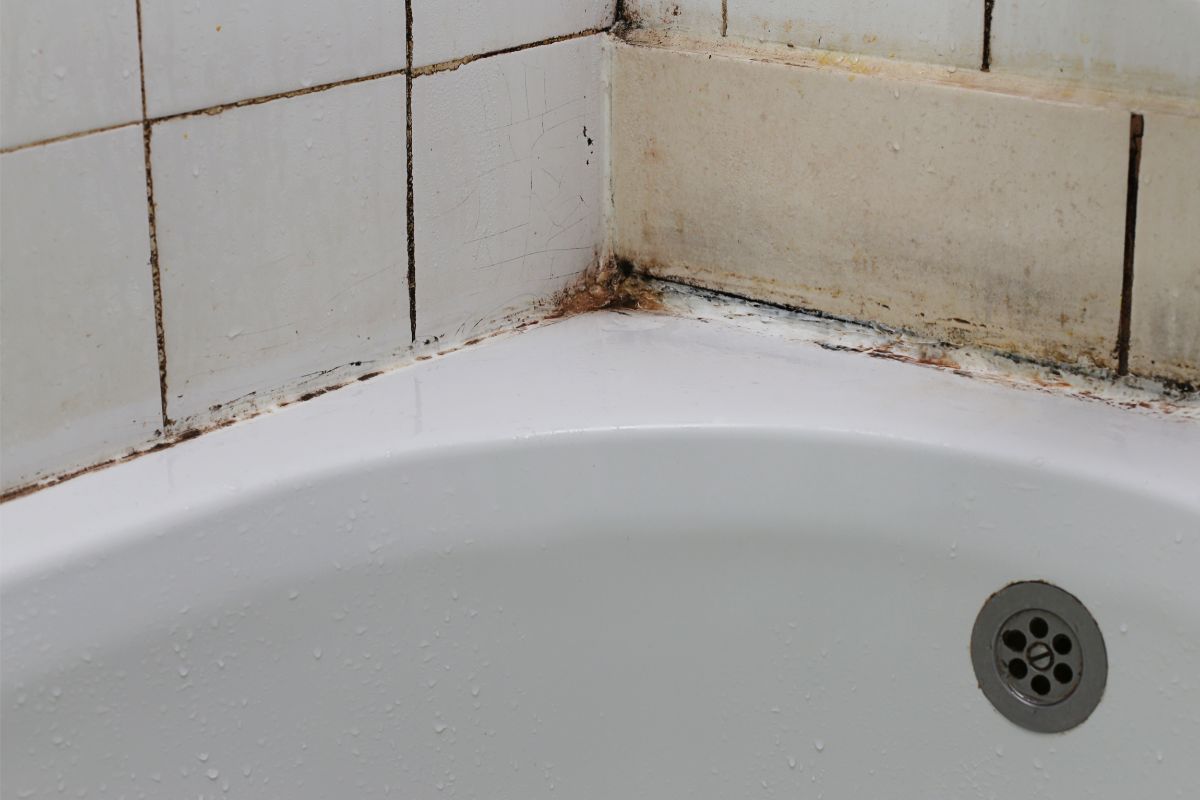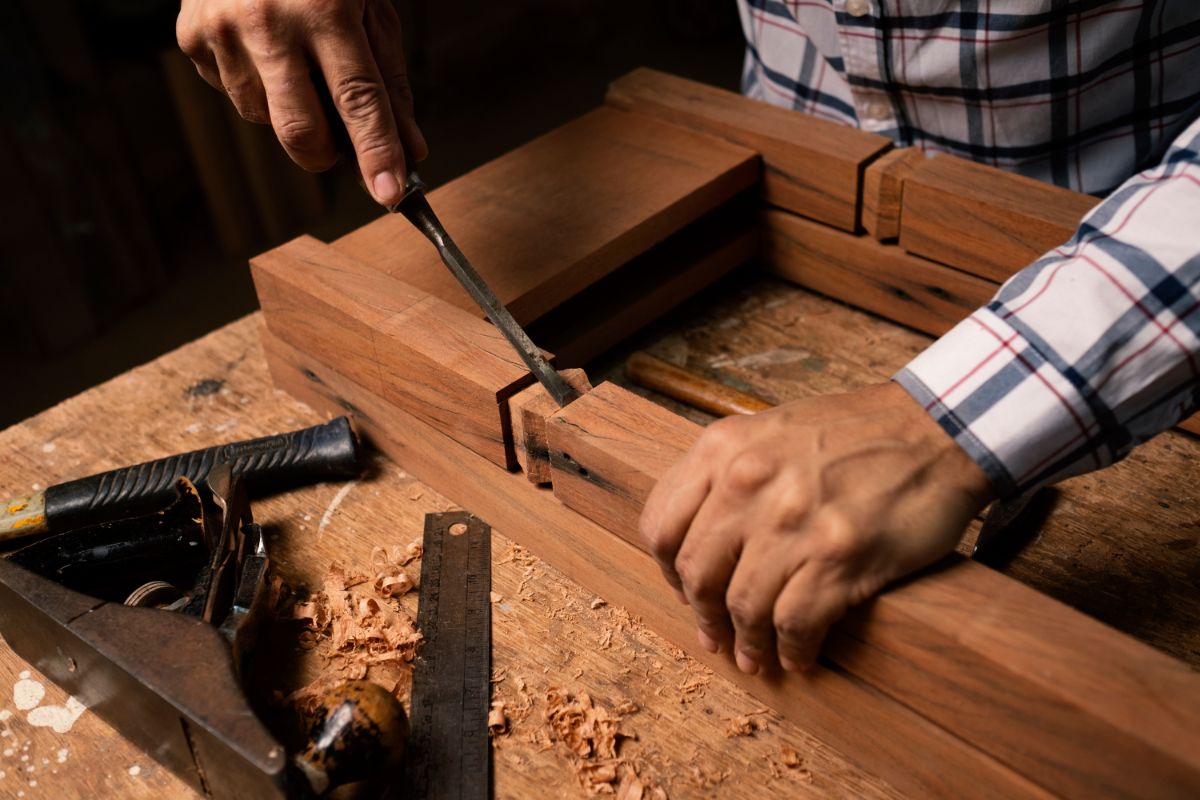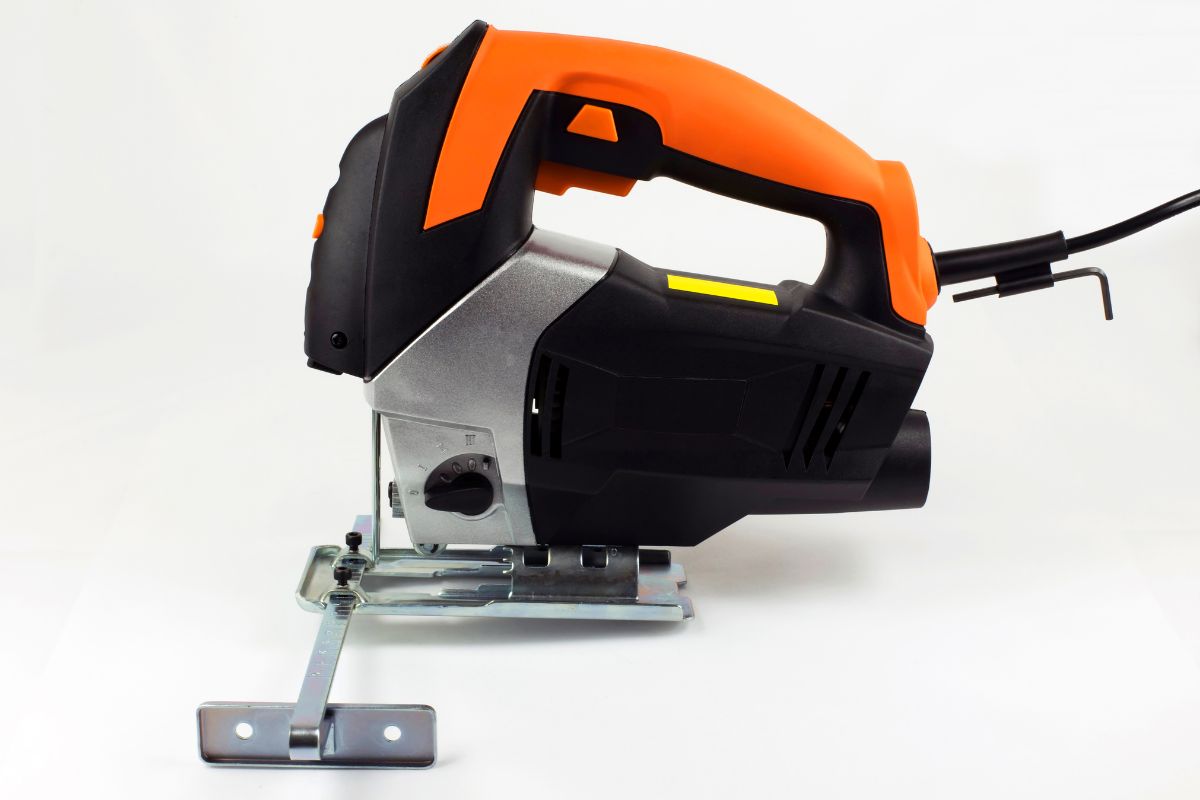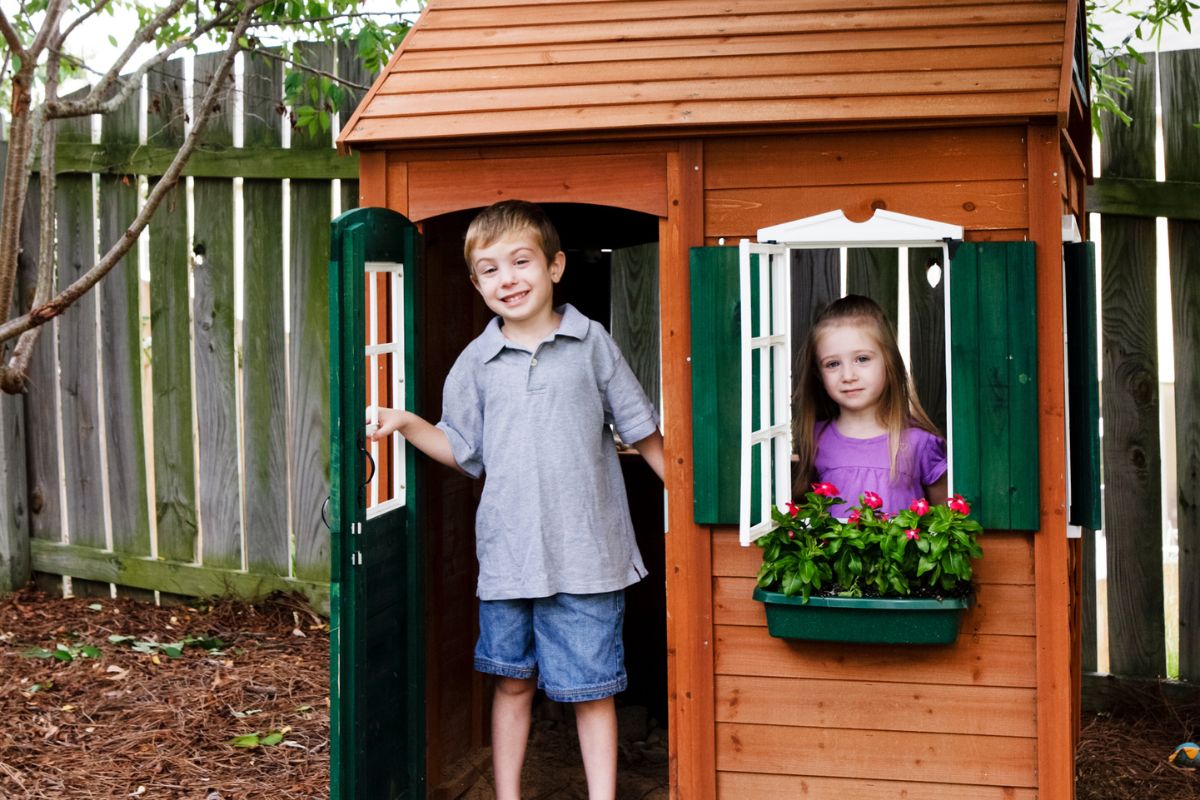DIY is an activity that many of us tend to shy away from – especially if you are new to the practices, and lack the technical know-how to do it yourself.
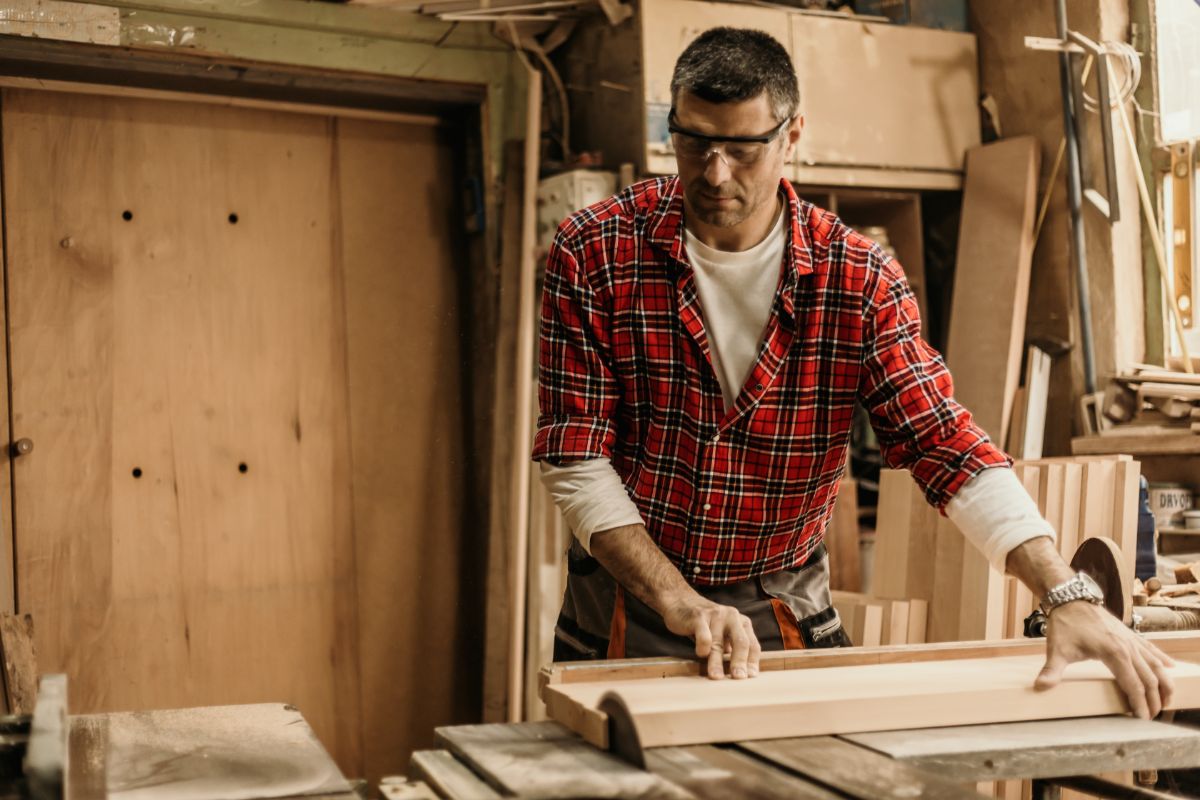
Terminology in particular can be a real sticking point; how do you know the difference between shoe molding and quarter round, or even what a “mold” actually is?
The answer lies in understanding the differences between these two terms, as well as their applications. In this article, we will discuss the different types of shoe molding and quarter-round available for use on your shoes, as well as some of the pros and cons of each type.
We will also look at the various ways they can be used, and give you some tips on choosing which one is best suited to your needs.
What Is Shoe Molding, And Why Should You Use It?
The term ‘shoe molding’, also known as “base shoe”, is a type of molding used to run across the bottom of a baseboard, and which usually serves a decorative purpose.
It helps to finish off the look of a room, and can also be great for hiding any gaps that may have appeared between the floor and the baseboard.
Pros & Cons of Shoe Molding
Pros
- Easy to Install
One of the main advantages of shoe molding is that it is fairly easy to install; this makes it a popular choice for homeowners who don’t have much experience working with wood.
Simply measure out where you want the molding to go, mark the location, and start cutting! You can even use a jigsaw to help you along the way.
- Durable
Another advantage of shoe molding is its durability. Unlike other types of moldings, shoe molding doesn’t warp or crack over time. This means that it won’t need replacing every year or two, offering you good value for money.
- Can Be Used On Any Surface
Another benefit of shoe molding is versatility. It can be used on almost any surface, including walls, ceilings, doors, windows, and more. This means that you can easily customize your space to suit your style.
- Great For Decorative Looks
Shoe molding is also perfect for decorative looks, such as adding a unique touch to your kitchen or bathroom. It can add an elegant feel to your room while complementing the rest of your décor.
Cons
- Expensive
The biggest disadvantage of shoe molding is cost. Although shoe molding is often cheaper than quarter-round, it can still be expensive. This means that you will likely need to save up before buying.
- Not As Durable As Quarter Round
Although shoe molding is one of the most durable options available today, it isn’t quite as durable as quarter-round. This means that you should only choose shoe molding if you know that you will be using it regularly.
Otherwise, you may find yourself needing to replace it sooner rather than later.
What Is Quarter-Round Molding?
Quarter-round molding is a more traditional style of molding, often seen around doors and windows. It is made up of four pieces of wood, with a cross-section similar to a circle.
This molding is typically used to cover the top edge of a window frame, door frame, or another trim piece.
Pros & Cons of Quarter Rounds
Pros
- Versatile
Quarter rounds come in various sizes and styles, allowing you to pick the perfect fit for your needs. This means that they can be installed in almost any room in your house, including bathrooms, kitchens, bedrooms, and living rooms.
- Easy Installation
Unlike shoe molding, quarter rounds do not require special tools to install. You just need a saw and some basic carpentry skills.
Cons
- Expensive
Although quarter rounds are versatile, they are also expensive. Depending on the size and style, they can cost anywhere from $20-$100 per foot.
How Do I Know Which Type Of Molding To Choose?
When considering which type of molding to choose, there are a few things to consider. First, you should decide what kind of look you want to achieve.
Are you going for a classic, modern, or somewhere in-between look? Then, once you know what kind of look you are aiming for, you can make an informed decision about which type of molding will work best for you.
There are several factors that should be considered when deciding whether to go with shoe molding or quarter-round. These include:
Style
If you want something that looks like a traditional molding, then shoe molding is probably the way to go. However, if you prefer a modern look, then quarter-round molding would be better suited to your needs.
Both styles come in a variety of colors and finishes, allowing you to create your ideal look.
Cost
Molding costs vary depending on the size and shape of the molding you need, but generally speaking, shoe molding tends to be cheaper than quarter-round.
While shoe molding does not always offer the same level of durability as quarter-round, it is still a good option for those who are watching their budget.
Durability
While both shoe molding and quarter-round are durable enough to last for years, shoe molding has been shown to be slightly less durable than quarter-round.
If you are looking for a long-lasting product, then shoe molding might not be the right choice for you though, as we have mentioned, it does tend to be cheaper.
Flexibility
Both shoe molding and quarter rounds are flexible enough to allow you to adjust and adapt them around without causing damage. They are easy to cut and install, making them perfect for anyone who wants to get creative with their home decor.
Installation
Both shoe molding and quarter rounding are relatively simple to install. Once you have purchased your molding, simply measure out where you want it to go, mark the area, and start cutting!
Which Is The Best Wood For Moldings?
Wood is one of the most popular materials used for moldings. It comes in many different types and varieties, so choosing the right wood for your project can be tricky. Here are some tips to help you find the right wood for your next project:
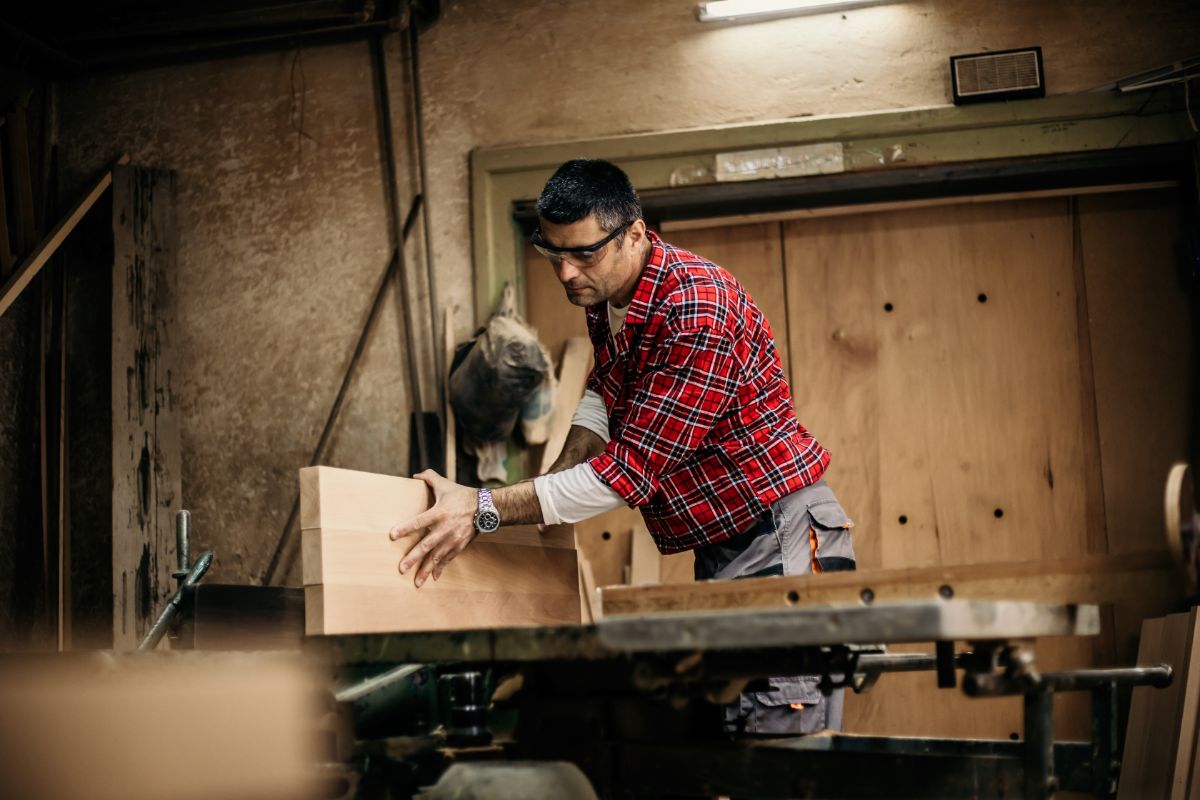
Choose A Hardwood
Hardwoods such as oak, maple, cherry, mahogany, and teak are all excellent choices for moldings. They are strong, stable, and durable, making them great options for any room in your house.
Consider Your Budget
Depending on how much money you have available, you may want to stick to more affordable woods such as pine, fir, cedar, and cypress. These woods are usually easier to find at lower prices, and they are often more readily available than hardwoods.
Think About Color
When selecting a color for your molding, think about the overall theme of your space. You don’t necessarily have to use the exact same color throughout your entire room, but it’s important to keep the main colors consistent. This helps give your room a cohesive feel.
Go With Something Natural
Natural woods such as walnut, birch, and hickory are also great options for moldings. They add warmth and character to your home while being very natural looking.
Some of the most popular materials used for moldings include:
Wood
Wood is one of the most popular materials to use for moldings, especially when it comes to creating an authentic rustic style. There are many different types of wood that can be used for this purpose, including:
MDF
MDF (Medium Density Fiberboard) is a type of composite material that is made from recycled paper products. It is lightweight, strong, and extremely versatile, making it a great choice for moldings.
Plywood
Plywood is another common material used for moldings. Its strength makes it ideal for projects that require stability.
Metal
Metal is another popular choice for moldings because it adds a unique look to your home. Many metals come in various finishes, which allows you to customize your metal moldings however you like.
Plastic
Plastic is another option for moldings. It is lightweight, inexpensive, and easy to work with. However, plastic moldings do not hold up well over time, so make sure you choose a quality brand if you decide to use plastic for your moldings.
Final Thoughts
Choosing between shoe molding and quarter-round molding is a personal choice, and will ultimately depend on what looks and behaves best for your specific project.
- The Woodworkers Guide to Brad Nailers: Everything You Need to Know - September 25, 2023
- How To DIY An Aztec Garden Dining Table [The Easy Way] - October 18, 2022
- Farrow & Ball Pigeon: Is It Right For Your Home? - October 17, 2022

